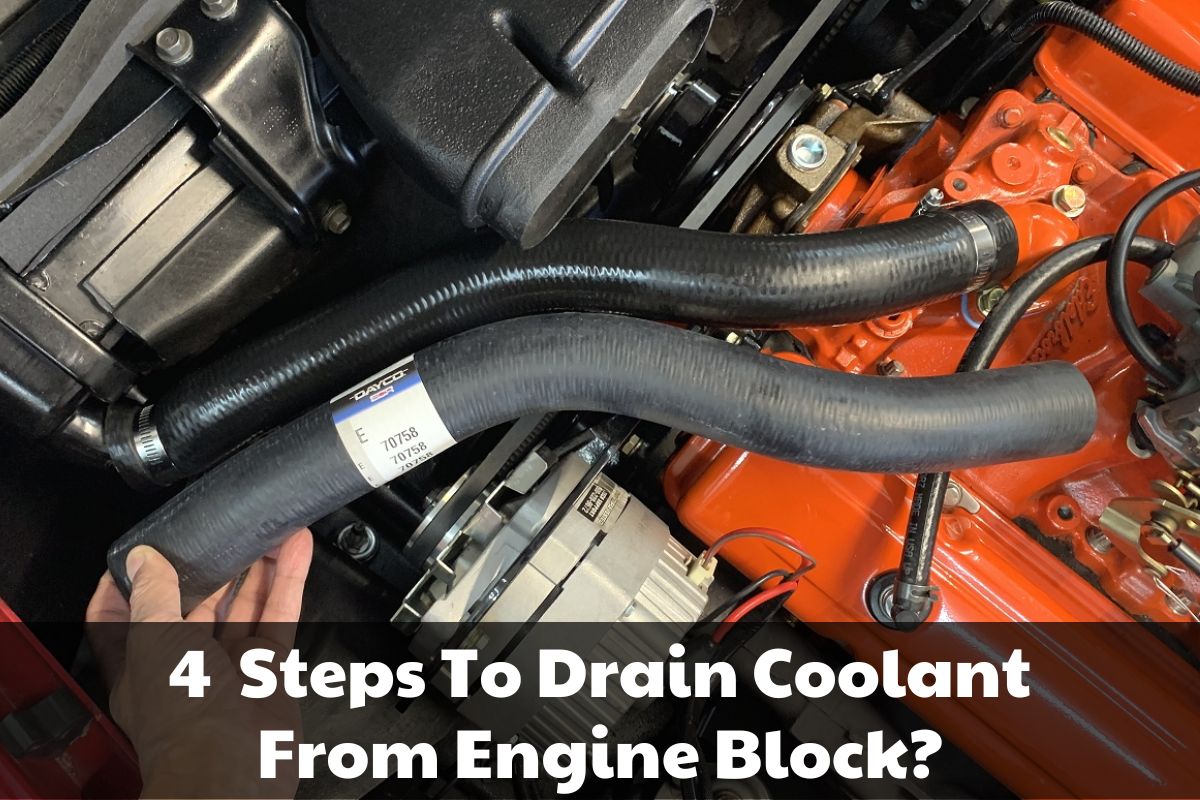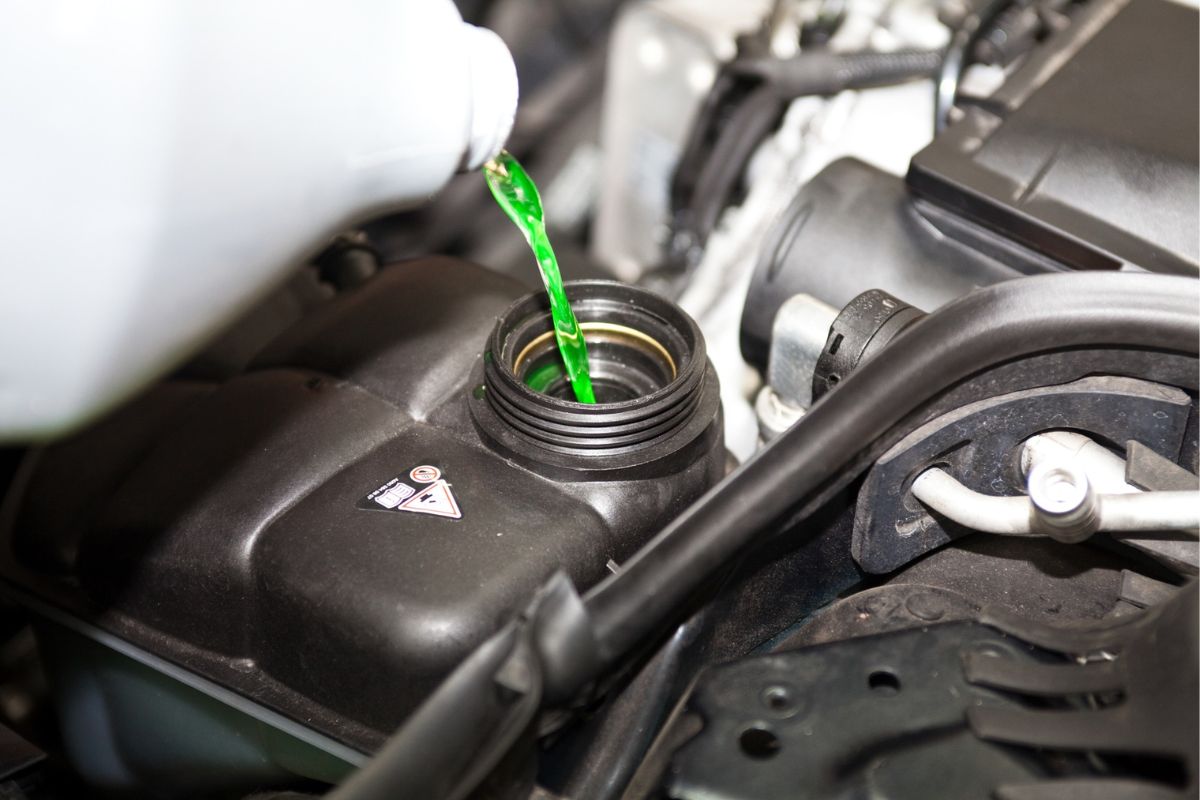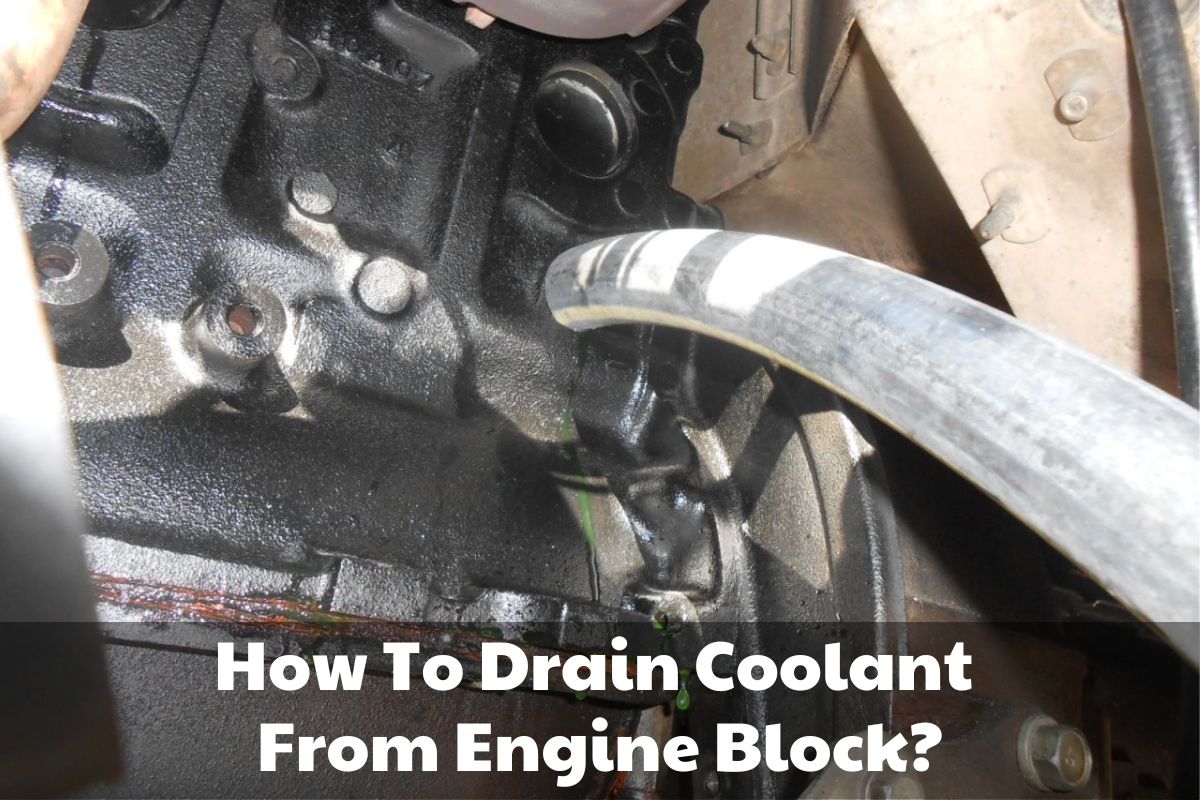Maintaining your vehicle’s cooling system is essential to ensuring the engine runs smoothly and preventing costly repairs. One of the key maintenance tasks is draining the coolant from the engine block. In this article, we will provide a step-by-step guide on how to drain coolant from engine block, including the tools you need and how often you should perform this task. We will also cover why it’s important to use fresh coolant and how to choose the right type of coolant for your vehicle.
Why Should You Drain The Coolant From The Engine Block?
Over time, dirt and other debris collect in the cooling system, resulting in reduced efficiency and even damage to the engine. By draining the coolant from the engine block and flushing out accumulated build-up, you can help keep your engine running smoothly for longer.
What Tools Do You Need To Drain The Coolant From The Engine Block?
To drain the coolant from the engine block, you will need a few tools, including:
- A bucket to catch the draining coolant
- Pliers or a wrench to remove the radiator hoses
- A hose to flush the system
- New coolant to refill the engine block
How To Drain Coolant From Engine Block?

- Detach the lower radiator hose and collect the coolant in a bucket.
- Disconnect the upper radiator hose and use a hose to flush the system.
- Continue flushing until clear water runs out of the bottom of the engine
- Refill the system with fresh coolant and reattach the hoses
Step 1: Detach the lower radiator hose and collect the coolant in a bucket
Locate the lower radiator hose which is connected to the bottom of the radiator and the engine block. Loosen the hose clamp and detach the hose from the engine block. Place a bucket or a drain pan underneath the hose to collect the draining coolant. This will prevent the coolant from spilling onto the ground or other surfaces.
Step 2: Disconnect the upper radiator hose and use a hose to flush the system
Locate the upper radiator hose which is connected to the top of the radiator and the engine block. Loosen the hose clamp and detach the hose from the engine block. Use a hose to flush water through the radiator and engine block to remove any remaining coolant and debris. The water should flow from the top of the engine to the bottom, so place the hose at the top of the engine block.
Step 3: Continue flushing until clear water runs out of the bottom of the engine
Keep flushing the system with water until the water runs clear out of the bottom of the engine into the bucket. This will ensure that all of the old coolant and debris have been removed from the system. It may take several minutes of flushing to achieve this.
Step 4: Refill the system with fresh coolant and reattach the hoses
Once the water runs clear, turn off the water and disconnect the hose. Allow the system to drain for a few minutes, then reattach the upper and lower radiator hoses. Refill the system with fresh coolant to the recommended level, and run the engine for a few minutes to circulate the coolant. Check the coolant level again after the engine has cooled down and add more coolant if necessary.

FAQs about How To Drain Coolant From Engine Block
How often should I drain the coolant from the engine block?
It’s a good idea to drain the coolant from the engine block every two years or 40,000 miles, whichever comes first.
How to choose coolant for your car
The easiest way to ensure that you’re selecting the correct coolant is to visit your car’s dealership. They’ll have the specific make and model of coolant that you need, and it’s guaranteed to fit your car perfectly.
In fact, many times the dealership will even have coolant that’s specifically branded for the make and model of your car.
Can I reuse the old coolant?
While it is possible to reuse old coolant and an old t-shirt can be used as a filter, it is not recommended. Old coolant can easily become contaminated with dirt, rust, and other debris that can cause damage to the engine.
What pushes coolant through the engine?
The key component that propels coolant through the engine and the rest of the cooling system is the water pump. This crucial part harnesses the power from the crankshaft and serpentine belt to push coolant into the engine and keep everything operating at the ideal temperature.
How much coolant is in engine block?
On average, most engines hold around 3 quarts ( or 2 liters) of coolant, though this can vary depending on the make and model of your vehicle.
Can you run engine to drain coolant?
The answer is yes. It’s actually recommended to let the car run for a few minutes, even up to operating temperature. This helps open the thermostat and ensure the coolant is circulating throughout the system. Just be sure to let it cool down before draining and flushing to get the maximum amount of fresh coolant into the system.
Can you put water in coolant?
Only Use Water In The Radiator In An Emergency. Although a 50/50 mix of coolant and water is ideal for your car, adding water to the radiator as a last resort will help you reach your destination without causing any damage to your engine.
What happens if you run straight water in radiator?
Running straight water in your vehicle’s radiator can pose a significant risk of overheating and damage to crucial engine components like cylinder heads and engine blocks. Moreover, the minerals present in water like calcium and magnesium could create unwanted deposits inside the radiator, leading to corrosion and ultimately reducing its cooling effectiveness.
Conclusion
Draining the coolant from your engine block is a simple, straightforward process. With some basic tools and materials, you can easily complete the job yourself without having to visit a garage or mechanic. Make sure to check your car’s owner’s manual for specific instructions on how to drain the coolant for your particular make and model.
Once you have completed this process, you can add fresh coolant and enjoy the benefits of a clean and efficient engine. Thanks for reading our article about how to drain coolant from engine block. We hope you have found it useful!

I’m Timothy Ballard, owner of a used car dealership in Springfield. I love just about everything automotive, but I have a special place in my heart for trucks. I’m an ASE Certified Master Technician, so I know my way around a car. In my spare time, I enjoy traveling with my family and hiking new trails.

To drain the engine coolant, start by opening the radiator petcock, if available. If there is no petcock, you may need to remove the lower radiator hose. Although a small amount of coolant may remain in the block, it can be effectively flushed out using water. This process ensures the replacement of old, worn-out coolant, guaranteeing optimal performance.